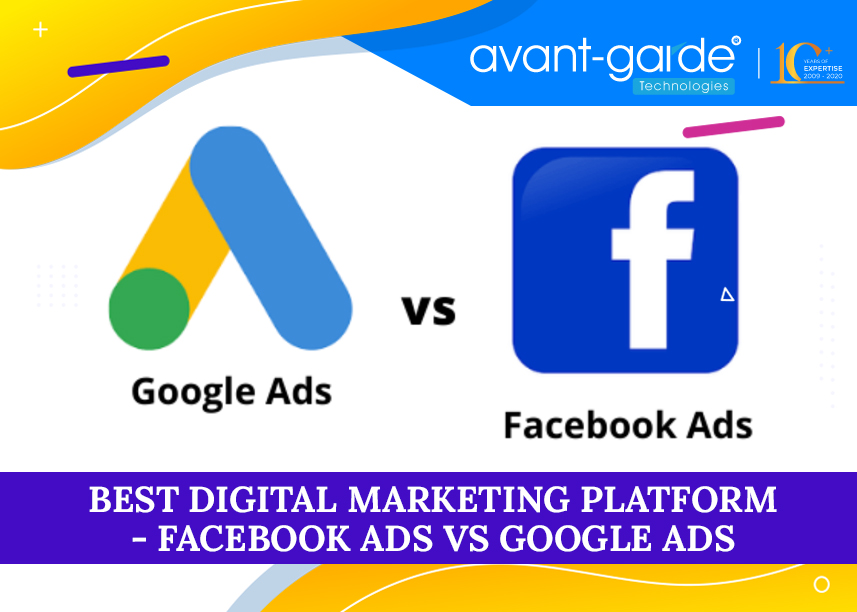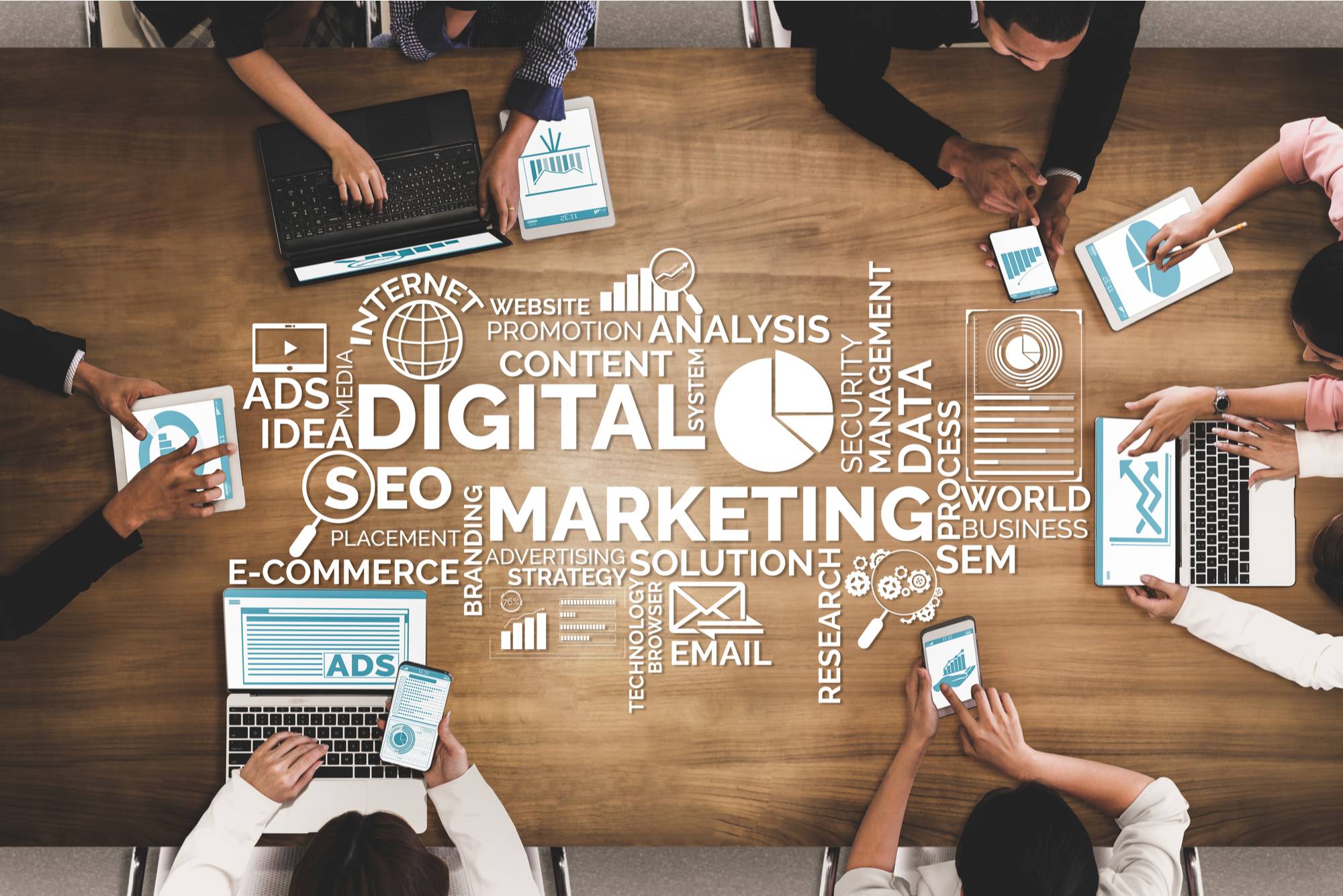
Marketing is incomplete without TV advertisements for products. These ads are cost-effective and reach the right audience. The right agency can build brand loyalty, and retain customer relationships. Television is still an integral part of the consumer experience, despite the rise of the internet. It is vital to take into account public health policies which could impact food and beverage advertising.
Numerous studies have explored the effects of television commercials on children’s food preferences. A prior study in Colombia has shown that there is a greater prevalence of TV commercials for unhealthy foods. The impact of this type ad was evaluated by researchers who looked at data from 2017 for all beverages and foods advertised on television in Colombia. They found that TV ads' effectiveness is dependent on a variety of factors including socio-economic status as well as cultural values and product features. Among the results, TV ads for foods with poor nutritional quality, such as sugar and saturated fat, were among the most common.
Other studies found that TV food ads may increase the number of times a child requests a specific food, or makes a purchase. This may be a good thing for the product but it also means that advertisers need to consider the health implications. Public health advocates and others should be able to think of ways to optimize the positive impact of their ads while minimizing negative ones.

According to researchers, prime time is when most people have a television in their living room. This is true even for advertising on mobile devices which are increasing in popularity. It is important that you ensure the quality of content displayed.
The most popular product category, based on the total number of impressions, was beverages. Particularly, nearly half the television commercials featured beverages and dairy products.
The study also looked at the quality of advertisements and the nutritional characteristics of each product. For instance, the PAHO model, the acronym for the Pan American Health Organization, can identify products with excess sodium and free sugars. According to the study, 87 percent of TV advertisements for food and beverages exceeded PAHO's thresholds for at most one nutrient. However, the majority of these products were found to have low nutritional quality. This is not surprising considering their high prices. A public health program that discourages the consumption of unhealthy foods might be a good idea.
There are many aspects to be aware of when you promote a product. One could even ban the promotion of such products in schools and restrict the use of child-directed characters in ad campaigns. The ultimate question of the effectiveness or otherwise of products' advertisements on television will remain a complex one that will be debated over and over for many years.

The best way to answer the question of "What is the impact of unsubstantiated claims on health?" is to examine the data in context of a comprehensive public-health strategy. This could be the introduction of warning labels to consumers about unsubstantiated claims on packages, the banning or exclusion of certain characters from films and television, and the creation and execution of a comprehensive marketing program.
FAQ
How much does it cost for social media advertising?
This route is not for everyone. Based on the time spent on each platform, you will be charged monthly.
Facebook: $0.10 per 1,000 impressions
Twitter - $0.20 Per 1,000 Impressions (if you tweet).
If you send invitations, Linkedin: $0.30 per 1,000 impressions
Instagram - $0.50 Per 1,000 Impressions
Snapchat - $0.60 per 1,000 impressions ($0.40/user)
YouTube - $0.25/1000 views
Tumblr – $0.15 per 1000 impressions for text postings
Pinterest - $0.05 per 1,000 impressions per month
Google+ - $0.15 to $0.0.20 per 1,000,000 impressions
Tumblr $0.15- $0.20 for 100,000 impressions
Vimeo - $0.20-$0.25 per 10,000 impressions
Soundcloud - $0.20-$0.25 per 1 million plays
StumbleUpon - $0.20 -$0.25 per 1 billion pageviews
Digg: $0.20 – $0.25 per 1,000 diggs
Reddit - $0.20-$0.25 per 1000 comments
Wordpress $0.20-$0.25 per 500 Comments
Flickr - $0.20 -- $0.25 per 5,000 photo uploads
What is branding?
Branding is a way to communicate who and what you are. It's how people remember you and your name.
Branding is all about creating an identity that makes your company memorable. A brand is not just a logo but also includes everything from your physical appearance to the tone of voice used by employees.
Because they are confident they will get what they want, a strong brand can help customers feel more comfortable buying from you. This gives customers the confidence to choose your products over other brands.
Apple is a prime example of a company with a strong brand. Apple's brand is well-known for its stylish design, high-quality products and outstanding customer support.
Apple's brand is synonymous with technology. Apple is what people think about when they see a smartphone, computer or tablet.
You should think about creating a brand if you are considering starting a business. This will give your brand a personality.
What do you need information about print advertising
Print advertising is an effective way to reach consumers. Many companies use print advertising to promote their products. The goal is to get the consumer's attention.
Print ads are typically short (1 page) and usually include text, photos, logos, or other graphics. Print ads can also contain sound, animation, videos, and hyperlinks.
Here are the main types and classifications of print advertising:
1. Brochures – These are large format printed pieces that are intended to draw people into stores. Brochures often feature eye-catching designs and colorful photos.
2. Catalogues: These are smaller versions or brochures. These are usually sent to customers who request information about specific items.
3. Flyers - These are small pieces of paper distributed at events such as concerts and fairs. If they are given out at retail outlets, they can be obtained for free, but you must pay for them.
4. Posters - These are larger versions of flyers. They are often displayed on walls, fences, or buildings. They are usually made using computer software programs, which is designed to draw the eye of passersby.
5. Direct mail – These are direct mail letters and postcards sent to potential customers. These are sent periodically by companies to remind current customers about their business.
6. Newspaper ads - These ads are published in magazines and newspapers. They are usually quite long and contain both text and images.
Advertising what is it?
Advertising is an art. It's not just about selling products. It's about building emotional bonds between brands and people.
Advertising is about storytelling and using images to communicate ideas.
It is important to communicate clearly and persuasively. You must tell a story that is relatable to your target market.
Advertising is therefore different from other forms such as presentations, writing, and public speaking.
Because when you create a successful ad campaign, you are creating a brand identity for yourself.
This is how you make yourself memorable. You are someone people remember.
What is an advert buyer?
An advertiser buys advertising space on TV, radio, print media, etc.
Advertisers are charged for the time their message will appear.
They don't necessarily seek the best ad; they want to reach their target markets with the most effective ad.
Advertisers might have certain demographic information about potential customers. This could include age, gender income level, marital status and occupation as well as hobbies, interests, and so on.
This data can be used by the advertiser to decide which media is most effective for them. They might decide direct mail is more effective for older people.
Advertisers also check out the competition. Advertisers will look at the competition to see if similar businesses are nearby.
Advertisers must also take into account the size of their budget as well as the time it will take to spend the money before it expires.
What is affiliate marketing?
Affiliate marketing allows you to make money by referring people to other websites that sell products or services. The product owner pays you for each person who buys from you.
Affiliate marketing is built on referrals. You don't have to do anything special for people to buy from you. Simply refer people to the website.
It's possible to make money with no selling. It's equally easy to sell and buy.
An affiliate account can be created in minutes.
Referring more people will result in more commission.
There are two types of affiliates:
-
Affiliates who have their website owned by them
-
Affiliates working for companies offering products or services.
Why use social media for advertising your business?
Social Media Marketing (SMM), allows you reach customers wherever they are on social media networks like Facebook, Twitter and LinkedIn. You can also target specific segments within these networks with keywords.
This advertising method is cost-effective because it costs less to market online than traditional methods. You can also build strong relationships and trust with your clients, both current and prospective.
It's easy to start using social media to promote your business. All you need to get started with social media is a smartphone or a computer, and an internet connection.
Statistics
- Google will display whichever ad type (CPM or CPC) is expected to earn more revenue for the publisher, which is in Google's best interest since they take a 32% share of the revenue. (quicksprout.com)
- Advertising's projected distribution for 2017 was 40.4% on TV, 33.3% on digital, 9% on newspapers, 6.9% on magazines, 5.8% outdoor, and 4.3% on radio. (en.wikipedia.org)
- Nonetheless, advertising spending as a share of GDP was slightly lower – about 2.4 percent. (en.wikipedia.org)
- In 1919 it was 2.5 percent of gross domestic product (GDP) in the US, and it averaged 2.2 percent of GDP between then and at least 2007, though it may have declined dramatically since the Great Recession. (en.wikipedia.org)
External Links
How To
How to show ads on a website
Advertisements are an important part of any business. They enable you to reach new customers and keep them coming again.
Advertisements allow you to promote products and services without spending money.
Google Adsense allows you to display text or image ads on your blog, website, forum or other online content.
Google Adsense allows you to earn revenue from each click on ad links displayed on your site. Your ads can be set up without the need for any programming.
To get started, just sign up for a free account at www.google.com/adsense. Next, follow these steps.
-
You can create ads with the Ad Builder tool. The tool lets you create different ads, including text, images, video, and interactive ads.
-
Once you've created your ads, you'll need to upload them to your AdSense account. To do this, select "Upload" under the "My Ads" section in the left-hand navigation bar.
-
Next, add keywords relevant to your product or services to ensure that your ads are displayed in search results relevant your niche.
-
Finally, copy the ads you want to paste into the appropriate parts of your website. Your ads will automatically be loaded onto your site once you've done all this.
-
If visitors click on one your ads, they will be taken to another page where they may purchase your products or services.
-
When someone clicks on an AdSense ad, earnings are transferred to your AdSense account.
-
Go to the My Account tab, located at the top of the AdSense dashboard. There you will find reports detailing the performance of your ads.
-
You can also download your earnings in a CSV file.
-
If you wish to increase your earnings, make adjustments to your ads.
-
You can also pause or remove your ads at anytime.
-
Contact us if you have any questions.